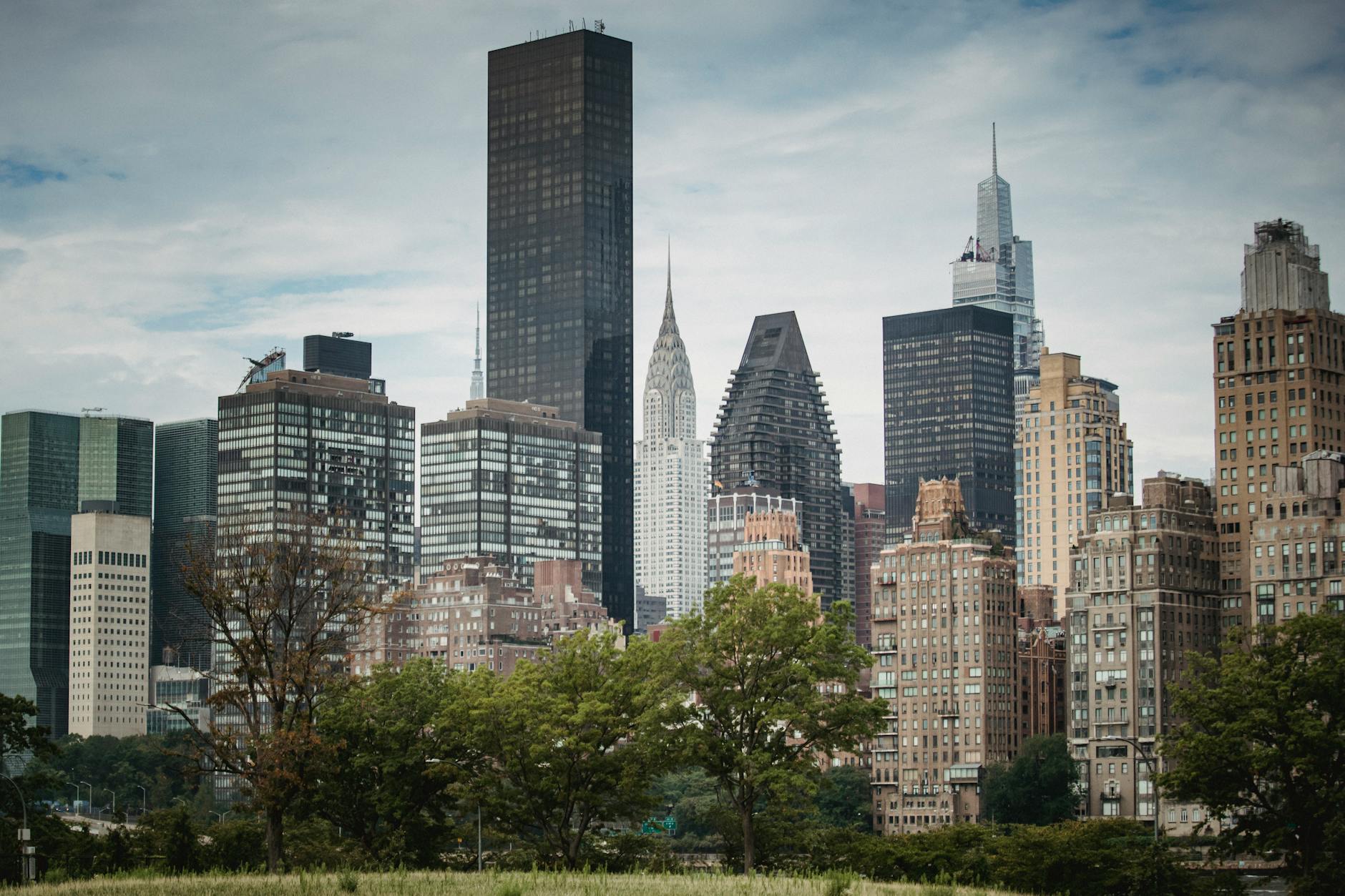
Timeless Elegance: Luxenbourg's Fortifications, Moselle River, and UNESCO Treasures
Exploring the Capital: A Multilingual Melting Pot
Fortifications and Natural Beauty: Where History Meets Serenity
UNESCO Treasures: Preserving Luxembourg's Heritage
Luxembourg takes pride in its UNESCOlisted sites, such as the Alzette and Pétrusse valleys, which offer breathtaking views and a glimpse into the country's natural beauty. The iconic Philharmonie concert hall stands as a testament to Luxembourg's commitment to the arts and culture, embodying the nation's dedication to preserving its historical and architectural treasures. In conclusion, Luxembourg's timeless elegance shines through its grand fortifications, tranquil rivers, and UNESCOlisted gems. Whether you're exploring the winding streets of the capital or venturing into the scenic countryside, this enchanting Grand Duchy never fails to captivate its visitors with its unique blend of history, nature, and culture.
FAQs
1. What is the significance of Luxembourg's fortifications? Luxembourg's fortifications played a crucial role in the country's defense throughout history, showcasing its strategic importance in the region. 2. Why is the Moselle River important to Luxembourg's landscape? The Moselle River enhances Luxembourg's natural beauty, providing both locals and tourists with a serene setting for relaxation and leisure activities. 3. How many languages are spoken in Luxembourg City? Luxembourg City is known for its multilingual environment, where residents communicate in French, German, and Luxembourgish. 4. What makes the Philharmonie concert hall a cultural landmark? The Philharmonie is a symbol of Luxembourg's commitment to the arts, hosting worldclass performances and events that celebrate music and culture. 5. What sets Luxembourg apart as a member of the European Union? Luxembourg's unique blend of history, culture, and natural beauty makes it a standout member of the European Union, captivating visitors from around the world.

